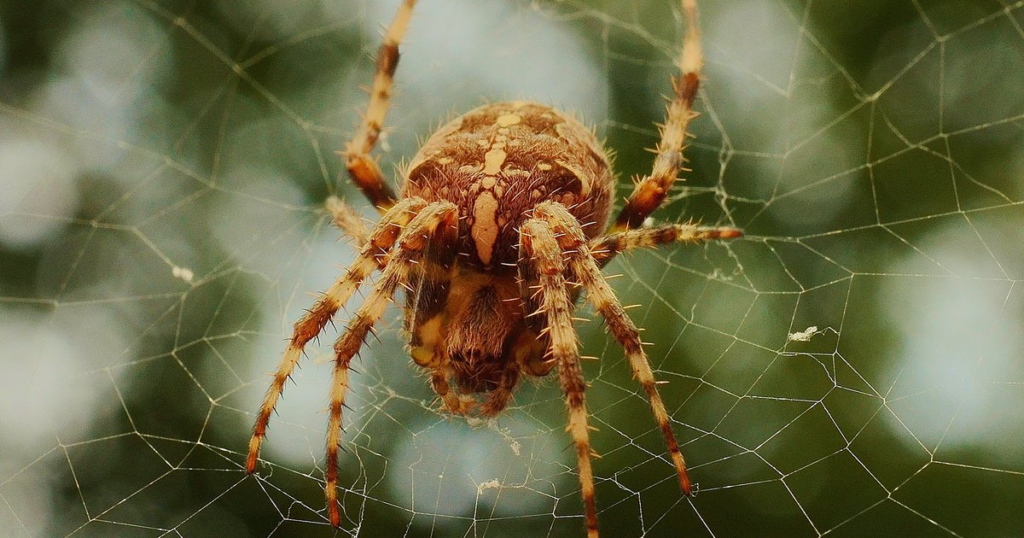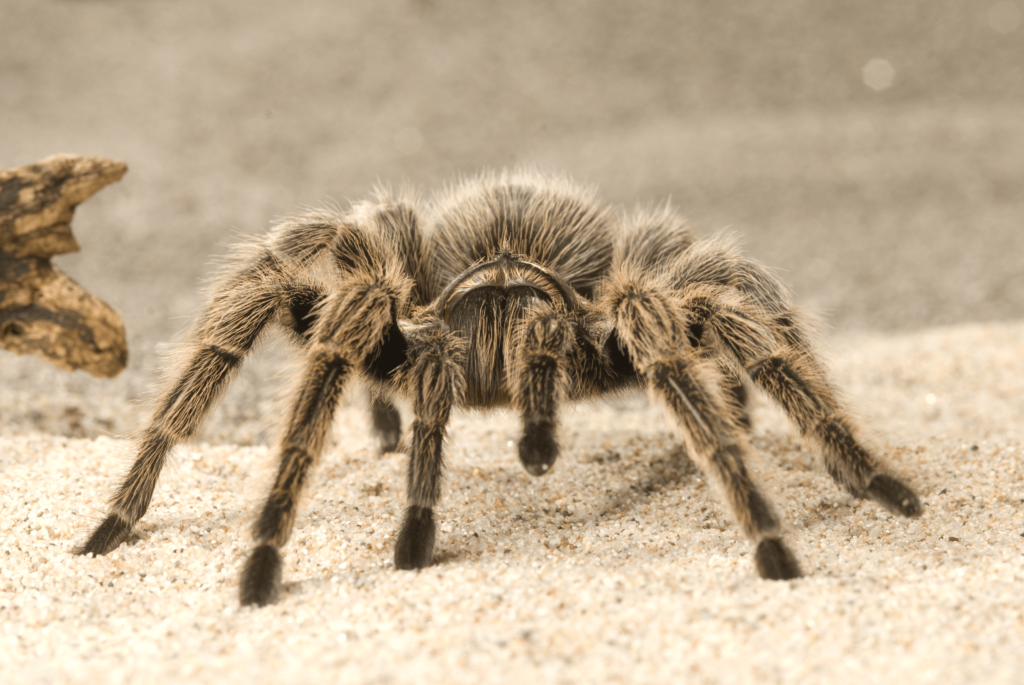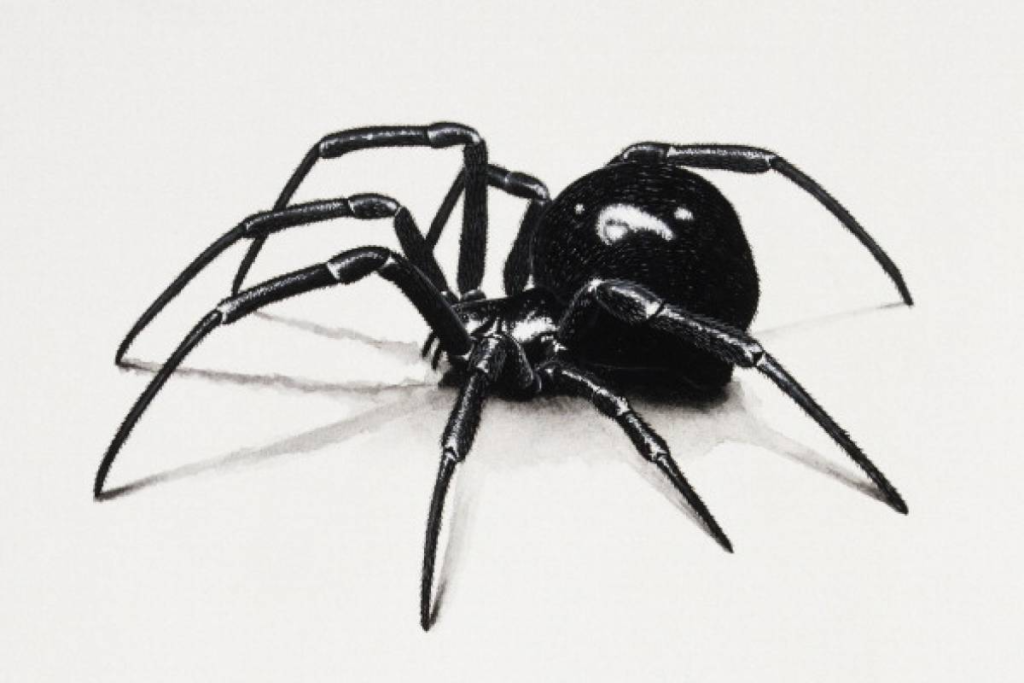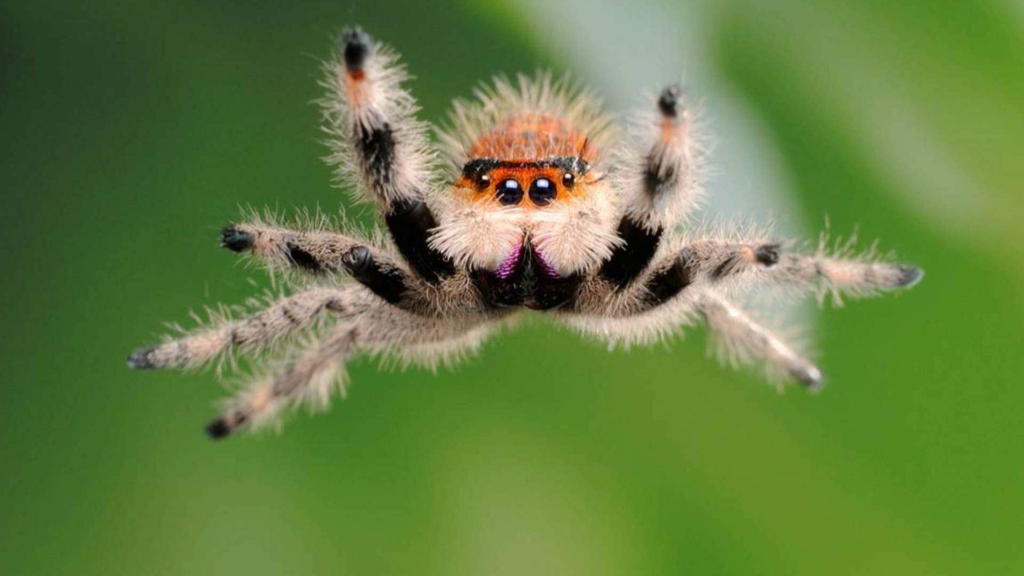Spiders & How many species of spider
“Spiders & How many species of spider” Spiders are some of the most common creatures on Earth, found on every continent except Antarctica. They come in all shapes and sizes, with some boasting beautiful colors and patterns. But beyond the initial fear they might induce, spiders are fascinating arachnids that play an important role in our ecosystem.
As of November 2023, scientists have identified a whopping 51,673 spider species. That’s a lot of creepy crawlies, but researchers believe there are likely many more waiting to be discovered, especially in unexplored areas.

Spiders, those eight-legged arachnids, have long fascinated and sometimes frightened humans. They are found in almost every corner of the globe, from dense rainforests to arid deserts, and even in the cozy corners of our homes.
Classification of Spiders
Family and Genus Classification
Spiders are classified into various families and genera based on their physical characteristics and genetic makeup. Some well-known families include Araneidae (orb-weavers), Salticidae (jumping spiders), and Theraphosidae (tarantulas).
Diversity in Habitats
Spiders demonstrate remarkable adaptability and can inhabit various habitats, including forests, grasslands, deserts, and even underwater. Each species has its preferred environment, from the intricate webs of garden spiders to the caves of trapdoor spiders.
General Characteristics of Spiders
Body Structure
Spiders have two main body parts, the cephalothorax and the abdomen. They lack antennae and wings but possess specialized silk-producing glands called spinnerets. Most spiders also have eight eyes, although some species have fewer.
Behavioral Traits
Spiders are predominantly carnivorous and use their venom to immobilize prey. Many species build intricate webs to catch food, while others actively hunt or ambush their prey. Some spiders, like the infamous black widows, are known for cannibalistic tendencies.
How Many Species of Spiders Exist?
Exploring the Diversity
Estimating the exact number of spider species is challenging due to the vast number of undiscovered and undescribed species. Scientists believe that there could be anywhere between 100,000 to 170,000 species of spiders worldwide.
Challenges in Species Identification
Identifying spider species can be a daunting task due to their diverse morphology and cryptic lifestyles. Additionally, many species inhabit remote or inaccessible regions, making them difficult to study.
Significant Spider Species
Tarantulas
Tarantulas are among the largest and most iconic spider species. They are known for their impressive size, hairy bodies, and relatively mild venom. Tarantulas are popular as pets and are found in various parts of the world, including the Americas, Africa, and Asia.

Black Widows
Black widows are infamous for their potent venom and distinctive red hourglass markings. Despite their fearsome reputation, black widow bites are rarely fatal to humans. These spiders primarily inhabit temperate regions and are known for their secretive behavior.

Jumping Spiders
Jumping spiders are known for their exceptional vision and agility. They are active hunters and use their keen eyesight to stalk and pounce on prey. Jumping spiders are found in diverse habitats worldwide and are valued for their role in controlling insect populations.

Importance of Spiders in Ecosystems
Spiders play a crucial role in maintaining ecological balance, and people often regard them as nature’s pest controllers. By preying on insects and other arthropods, spiders help regulate populations and prevent outbreaks of pests that can damage crops and spread disease.
Threats to Spider Species
Spiders are essential to maintaining the ecological balance, but they face several challenges that put their survival at risk. By identifying and addressing these threats, we can work towards ensuring the continued existence of these fascinating creatures.
Habitat Loss
Habitat destruction, primarily due to deforestation, urbanization, and agricultural expansion, poses a significant threat to spider populations. Loss of habitat fragments ecosystems, disrupts food webs and reduces the availability of suitable breeding sites.
Climate Change
Climate change is altering the distribution and abundance of spider species worldwide. Rising temperatures, changes in precipitation patterns, and extreme weather events can disrupt the delicate balance of ecosystems, making it difficult for spiders to adapt.
Conservation Efforts
Efforts to conserve spider species are underway around the world, focusing on habitat protection, research, and public awareness.
Protecting Habitats
Conservation organizations work to preserve critical habitats for spiders, including forests, wetlands, and grasslands. Protected areas and wildlife reserves provide refuge for threatened species and support biodiversity conservation efforts.
Public Awareness and Education
Educating the public about the importance of spiders and their role in ecosystems is essential for fostering conservation awareness. Outreach programs, school initiatives, and community engagement efforts raise awareness about spider conservation and encourage sustainable practices.
Conclusion About “Spiders & How many species of spider”
Spiders are fascinating creatures that play a vital role in ecosystems worldwide. Despite their often misunderstood reputation, spiders are essential for maintaining ecological balance and controlling pest populations. As threats to spider species continue to escalate, we need concerted conservation efforts to ensure their survival and the health of our planet.
FAQs About Spiders & How many species of spider
Q1- How many species of spiders are known to science?
A1- Scientists have described over 51,673 species of spiders, but the actual number could be much higher.
Q2- Are all spiders venomous?
A2- While most spiders produce venom for hunting prey, only a few species pose a threat to humans. Most spider bites are harmless and cause mild symptoms.
Q3- What is the largest species of spider?
A3- The Goliath birdeater (Theraphosa blondi) holds the title for the world’s largest spider by mass, while the giant huntsman spider (Heteropoda maxima) boasts the largest leg span.
Q4- Do spiders serve any purpose besides catching insects?
A4- Yes, spiders play a vital role in ecosystems by controlling insect populations, serving as prey for other animals, and contributing to nutrient cycling.
Q5- How can I help conserve spider species?
A5- You can support spider conservation efforts by protecting natural habitats, reducing pesticide use, and promoting biodiversity awareness in your community.






